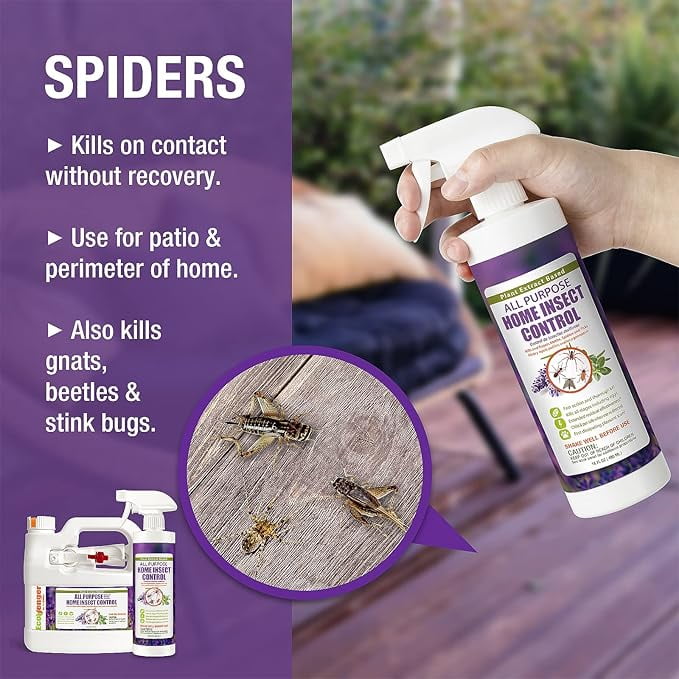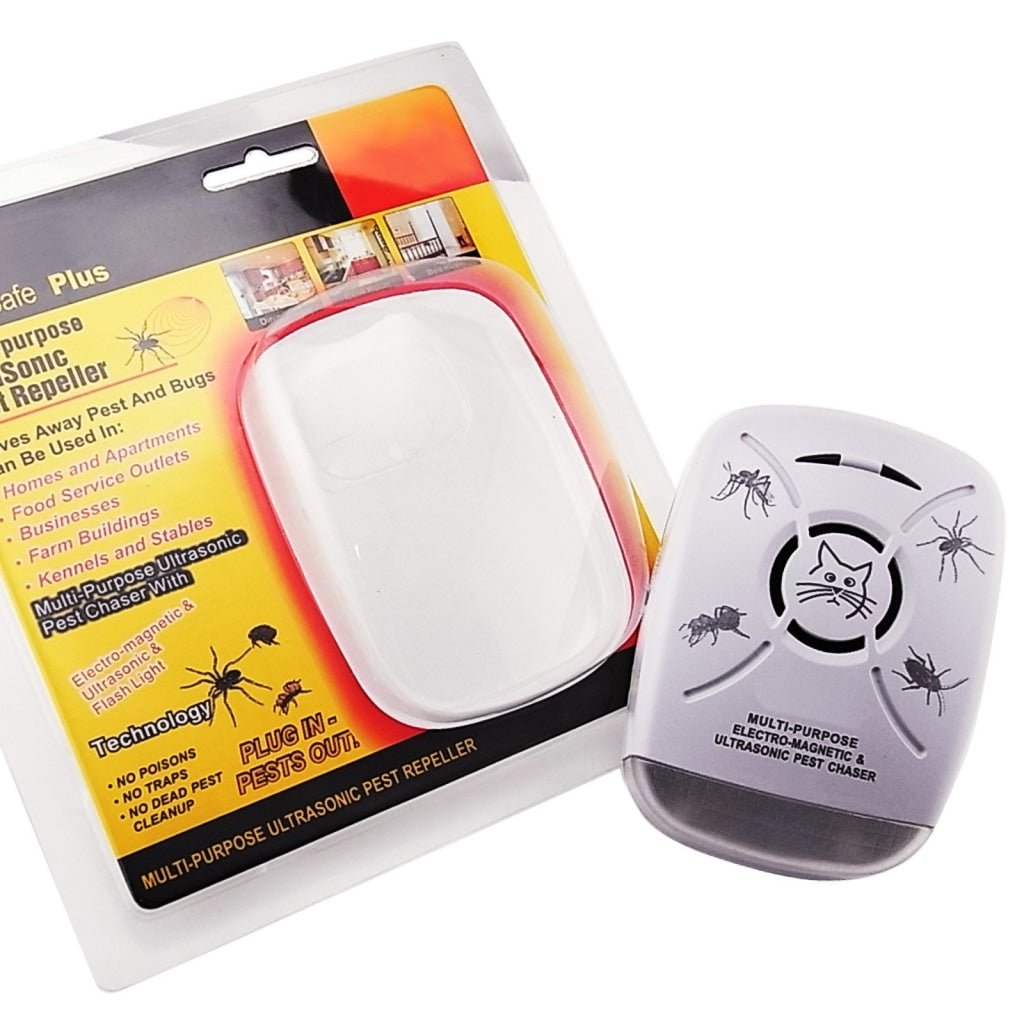The Basic Principles Of Pestwise
The Basic Principles Of Pestwise
Blog Article
Examine This Report on Pestwise
Table of Contents4 Easy Facts About Pestwise ExplainedSome Known Questions About Pestwise.The Ultimate Guide To PestwiseThe Best Guide To PestwiseThe Ultimate Guide To PestwiseUnknown Facts About PestwiseNot known Factual Statements About Pestwise

Q. Define "incorporated insect management" (IPM) and checklist a number of feasible control methods that may be made use of in an IPM method. A. Integrated parasite administration is the incorporating of appropriate bug control strategies right into a single strategy to decrease pests and their damage to an acceptable degree. Pest control techniques may consist of: host resistance, organic control, social control, mechanical control, hygiene, and chemical (pesticide) control.
10 Easy Facts About Pestwise Explained
What can you do to maintain the parasites you are trying to manage from becoming resistant to the chemicals you make use of? A. Pest resistance can be decreased by utilizing incorporated parasite monitoring and turning the kinds of pesticides used.
Pests are a crucial hazard to the farming organization, and integrated pest monitoring helps cultivators address and mitigate these risks. Integrated parasite administration makes use of several approaches in complex, thus being a much more effective option to the concern. Mosquito Control. Particularly, removing aggressive chemical methods permits minimizing damage to individuals and the setting by using all-natural and safer choices rather
The Definitive Guide for Pestwise
The objective of integrated insect management is to minimize this injury and control acceptable infestation degrees instead than get rid of all undesired populations. This is why it is necessary to recognize what steps are justified in each case and use hostile ones just when various other integrated administration techniques do not function. Integrated monitoring alleviates the unfavorable repercussions of a non-IPM technique, and the primary advantages of IPM Conveniences of IPM.
A correct understanding of the invasion scope identifies if the problem ought to be dealt with. are the next elements of an IPM program since it is necessary to recognize if the microorganisms make prospective risks and pick the incorporated administration choices or the specific chemical usage. plan to lower invasions by using various agronomic techniques.
See This Report about Pestwise
Integrated administration choices in an IPM program start with safer to more aggressive ones. The prior integrated administration aspects help recognize just how to prepare and carry out an IPM program step by step: Display your plants on a regular basis.

To name a few, IPM social approaches include the complying with field administration methods: dirt therapy; option of ideal plants; plant rotation; interplanting or strip chopping; selection of growing dates; weed control; usage of catch plants. Positive dirt conditions accelerate plant growth, and energetic crops are much more resistant to infestations. Commercial Pest Control. In integrated parasite monitoring, dirt testing assists understand if the field appropriates for the manufacturing of this or that plant, and investigate this site after that apply the lacking nutrients to make certain plant healthy and balanced growth
The smart Trick of Pestwise That Nobody is Talking About
No-till methods help protect against dirt erosion, adding to sustainable farming. When tilling is essential, it is recommended to perform it in the fall to expose them to all-natural opponents and severe climate. Healthy and balanced seedlings and seeds determine successful plant growth, so it is very important to pick pest-free planting product with strong roots.
, which is likewise utilized in the integrated bug administration system. Alternatively, problems raise when plants of the same crop type or household grow with each other.
In a similar way, potato beetles can harm growing potatoes, as well as tomatoes. Growing trap plants in patches is another choice for IPM intercropping. This incorporated insect administration approach recommends attracting insects to details plants and after that controlling them with chemical or mechanical methods. Particularly, you can expand soybeans as trap crops for Japanese beetles.
What Does Pestwise Do?
Obstacles are typical examples of physical IPM approaches. Mature bugs or their eggs and larvae are accumulated by hand and destroyed.

Department of Plant Sciences. University of Missouri. Soil solarization is an efficient incorporated management method to decontaminate the field by heating it in an all-natural means. This integrated management technique indicates a common way of ruining parasites by predators, parasitoids, pathogens, and other organic control representatives (also known as antagonistic organisms). The function of biological control in IPM is to.
Pestwise Things To Know Before You Get This
With time, their population ended up being a real hassle to farmers along with aboriginal kangaroos or dingoes. The walking cane toad is an additional situation showing integrated organic control failing hereof when it declined to hunt the target varieties and ended up being an insect itself. Parasitoids develop on or within their hosts to at some point eliminate them after growing.
Report this page